6. Guardians of the Galaxy
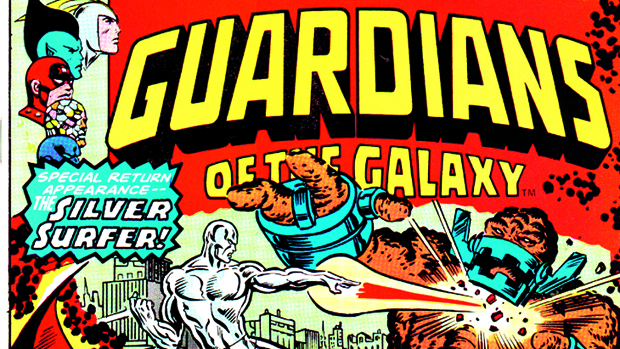
There have effectively been two teams with this name in the Marvel Universe; the first created in 1969 and appearing sporadically in brief series and assorted guest-star slots though the 70s and into the 90s, when they enjoyed their own self-titled comic for more than 60 issues were 31st century freedom fighters against the Badoon invasion of the solar system. (They would regularly travel back in time to meet contemporary Marvel heroes, though sometimes the time travel would go the other way.)
Meanwhile, the current team connected mostly by name only have been around since 2008, and star in the upcoming film. Another mixed bag of humans and aliens, but more rogues than rebels this time, they operate in the present day and have been fast-tracked to multimedia stardom with more alacrity than any other comic book property.
5. Strontium Dog
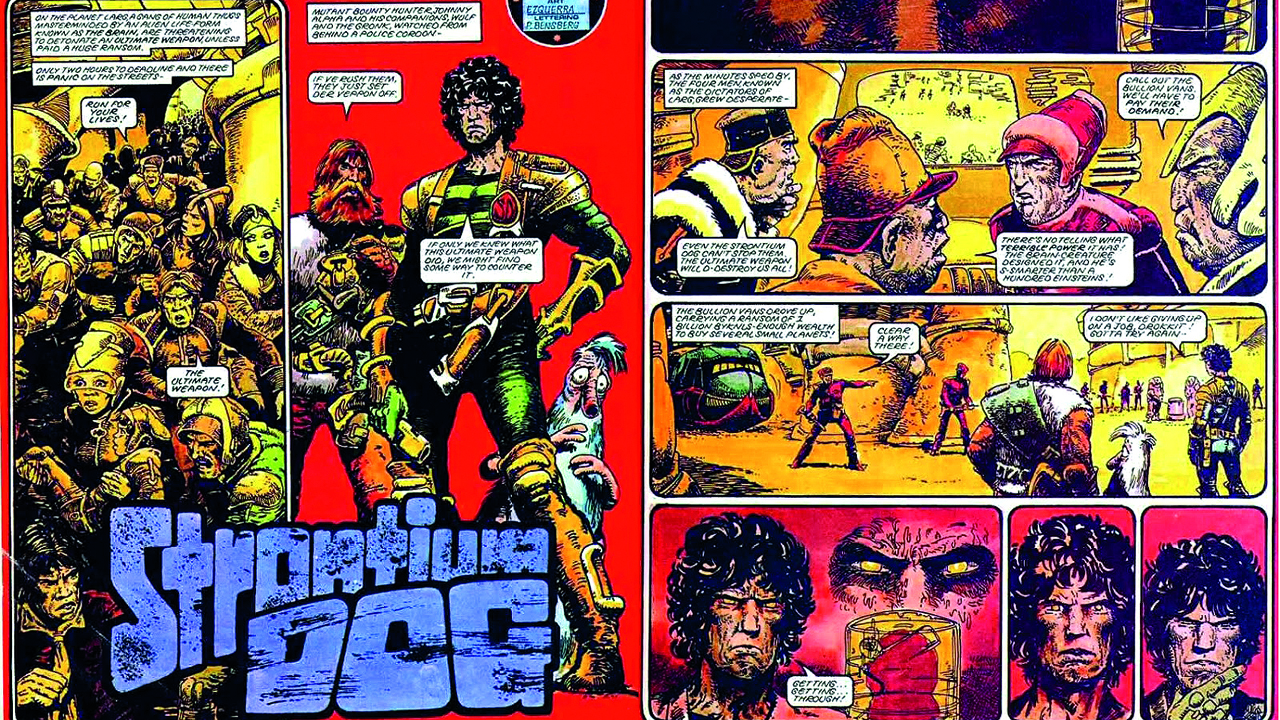
Arguably 2000 ADs second biggest star after Judge Dredd is Johnny Alpha, mutant bounty hunter of the late 22nd century. Hes a Clint Eastward-style strong, silent type roaming a series of remote frontier worlds. Earth is little-seen at least in the early tales but we learn that nuclear war has devastated much of the planet, and many children were born with bizarre, often hilariously ugly mutations. Alpha is an honest man with a dark, brooding soul, but actually quite lucky by the standards of his peers his mutations are hard to spot and unusually beneficial, and hes landed one of the few jobs available to his kind: working as an off-world operative of the Search/Destroy agency, an outfit manned by mutants willing to chase down the many of their kind whove turned to crime.
Many Strontium Dog adventures are like hallucinogen-fuelled Spaghetti Westerns, but later tales up the satire and become more political, especially those that return Johnny to the cruelty of life on Earth.
4. Dan Dare
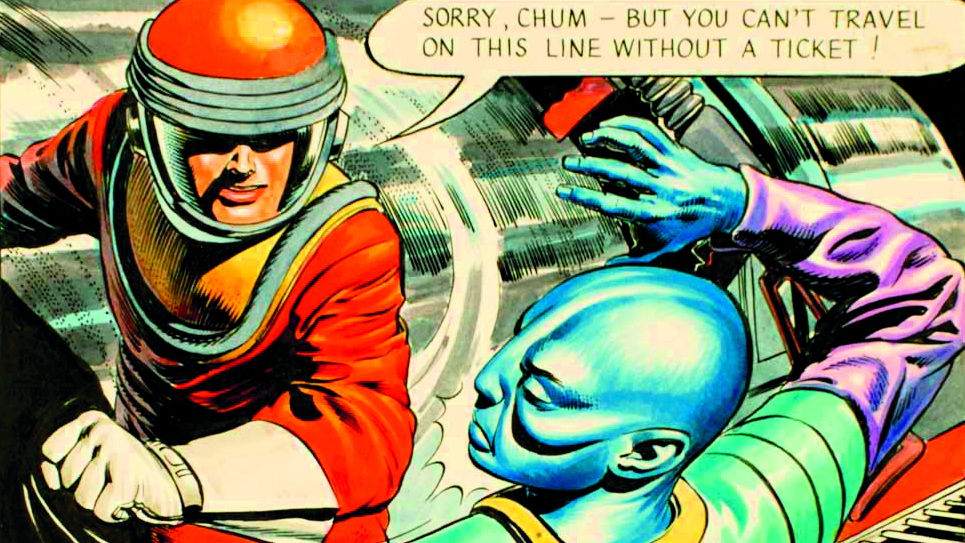
Perhaps the most famous British comic book character of them all at least amongst those who dont read comics is Dan Dare, Pilot Of The Future, who starred in the famous early 50s Eagle comic, a multi-genre anthology with a liberal Christian bent.
Telling of a seemingly idyllic near future, where an RAF-influenced Space Fleet keeps Earth safe from interstellar menace (notably that of the Treens from Venus), Dan Dare had two key strengths: scientific plausibility (Arthur C Clarke was an advisor) and exquisitely detailed artwork. From the perspective of 2014, our three key heroes square-jawed but inclusive Dan; gritty working class comic relief Digby; and beautiful brainiac Professor Peabody look like nothing so much as the teen wizard heroes of one of the planets biggest fantasy franchises, and in their time they were almost as popular too.
3. Halo Jones

Comics have never been short of women ready to peel on the skin-tight spandex and pose provocatively and literary sci-fi, too, has often been criticised for a lack of realistic, compelling female characters. All of which sees Halo Jones who begins as a bored, nave mall rat but escapes into space, finally earning herself some freedom as a real breath of fresh air.
Get sneak previews, exclusive competitions and details of special events each month!
What made Halo work is that she never pretended to be anything but a regular woman its just that she wanted more out of life than her friends did, and wasnt afraid to take risks to achieve it. Halo Jones ran for but three short series in 1980s 2000 AD, but Alan Moore and Ian Gibsons baby still enchants all who come across her.
2. Green Lantern
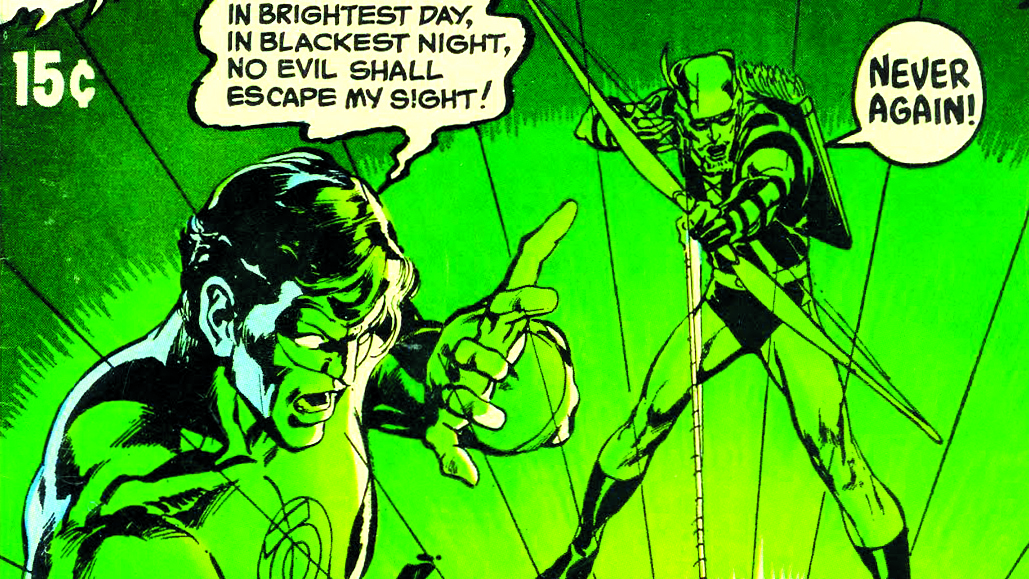
The revived Green Lantern launched in 1960, a striking follow-up to DCs then-recent revival of The Flash, and superheroes so long in the doldrums were back. This new space hero shared a name, and the idea of a power ring, with his more magic-based Golden Age predecessor, but in all else was totally different for his strip was pure early 60s SF.
Green Lantern tells of an intergalactic police force, sponsored by a race of blue dwarves and employing aliens of every type, each charged with protecting a sector of space and carrying a ring that turns thoughts into reality. We see the entire set-up through the eyes of Hal Jordan, a top-notch test pilot who becomes mankinds champion, and soon finds himself mingling with fish-aliens, plant-aliens and many more, his bizarre new colleagues in the fight to keep the universe safe.
Over the years, Hal has been replaced and returned, and the once well-meaning space army he belongs to dragged through the mud in numerous ways, but the strip endures and Green Lantern remains the most consistently science fiction of all superheroes.
1. Silver Surfer
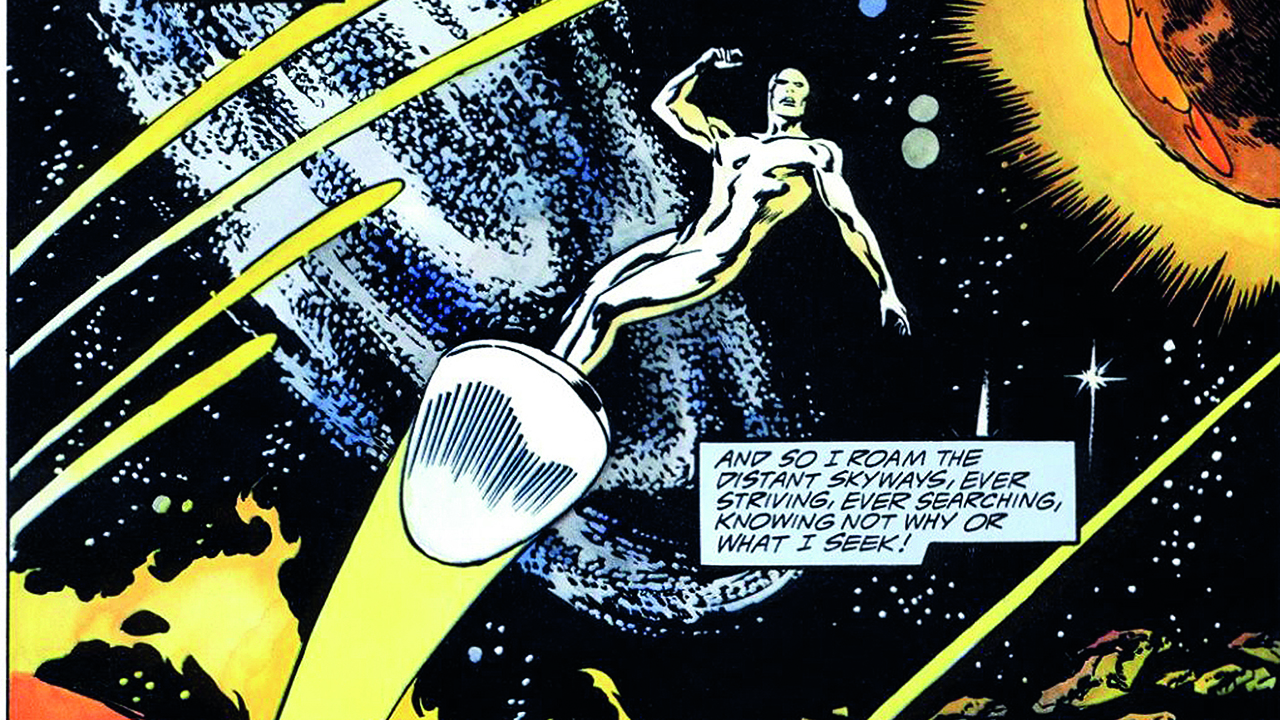
His origin is, rightly, legendary. As he worked up those early, celebrated FF issues that first featured Galactus the planet-eating space god designed to be one of comics most unforgettable villains Jack Kirby added a streamlined silver angel as his herald, an emotion-free mystery man sky-riding on a stylised surfboard. It was a bizarre but undeniably amazing visual, and an initially-stunned Stan Lee soon adopted the Silver Surfer as his favourite new character, a troubled soul beyond anything Marvel had tried to date and Marvel had been heavy on the tragedy for quite some time.
With some characters its all about the visual, and there are few images more potent in pop culture than the sight of the brave one-time Norrin Radd soaring his lonely way through space on his silver board. Of course, his legacy is just as tragic, in a way. Kirby had originally drawn the Surfer as a muscular, rather frightening figure, never intending his anti-hero to be some mere transformed man. When he and Lee fell out over it, though, the writing was on the wall for Jack at Marvel and the companys first pure explosion of creativity went with him.
SFX Magazine is the world's number one sci-fi, fantasy, and horror magazine published by Future PLC. Established in 1995, SFX Magazine prides itself on writing for its fans, welcoming geeks, collectors, and aficionados into its readership for over 25 years. Covering films, TV shows, books, comics, games, merch, and more, SFX Magazine is published every month. If you love it, chances are we do too and you'll find it in SFX.


